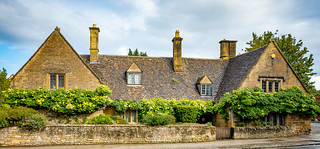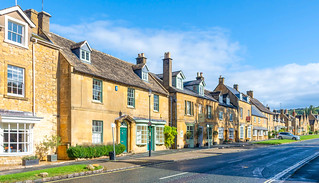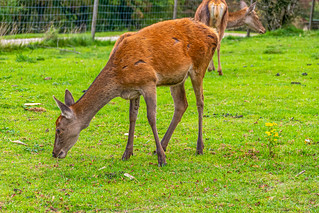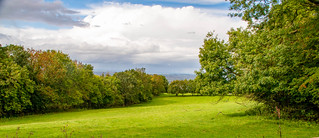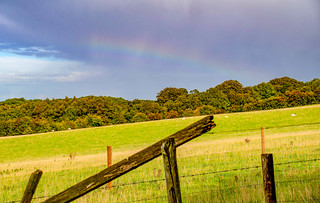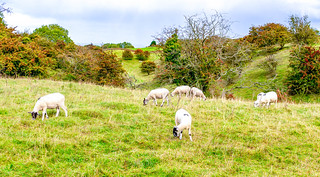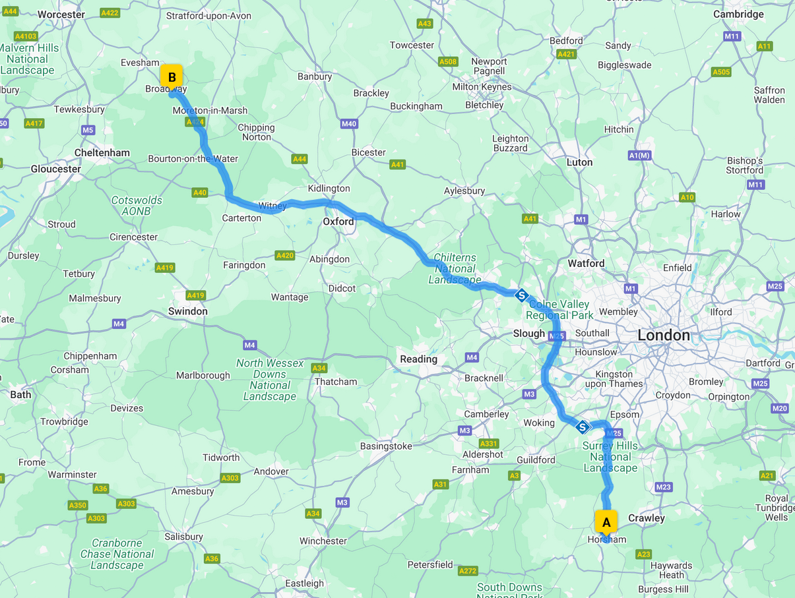About Broadway village
Broadway village lies beneath Fish Hill on the western Cotswold escarpment. The "broad way" is the wide grass-fringed main street, centred on the Green, which is lined with red chestnut trees and honey-coloured Cotswold limestone buildings, many dating from the 16th century. It is known for its association with the Arts and Crafts movement, and is situated in an area of outstanding scenery and conservation. The wide High Street is lined with a wide variety of shops and cafes, many housed in listed buildings
Today, Broadway is a centre for arts and antiques and serves as a natural base from which to explore the Cotswolds or see the horse racing during the busy Cheltenham Gold Cup week. Tourism is important; a reputation as a gateway to the Cotswolds and the many well-preserved buildings attract numerous visitors. The village is well served with hotels, including the Broadway Hotel, Russell's "a restaurant with rooms", the 1600s Cotswold inn the Lygon Arms, a caravan site, holiday cottages, bed and breakfast lodges, old pubs including the Swan Inn and Crown & Trumpet, shops, restaurants and tea rooms.
Broadway Tower
The 'saxon' tower was the brainchild of Capability Brown and designed by James Wyatt in 1794 in the form of a castle, and built for Barbara, Countess of Coventry in 1798–1799. The tower was built on a beacon hill, where beacons were lit on special occasions. Lady Coventry wondered whether a beacon on this hill could be seen from her house in Worcester — about 22 miles (35 km) away — and sponsored the construction of the folly to find out. Indeed, the beacon could be seen clearly.
en.wikipedia.org


